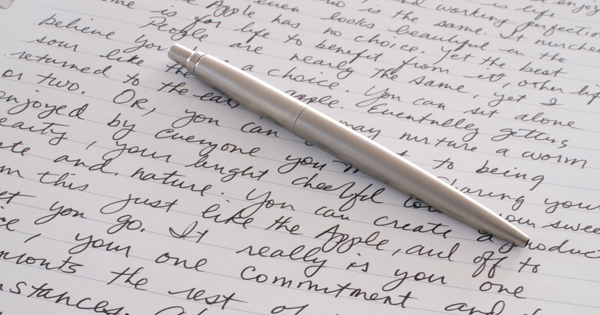For those of you who were in one of the last generations to learn cursive in school, you’re in luck.
Not just because cursive is a lost art and you can talk about how tragic that is when you’re at cocktail parties, but also because studies are now showing that kids who know cursive may grow up smarter. Or, more specifically:
“First graders who learned to write in cursive received higher scores in reading words and in spelling than a comparable group who learned to write in print.”
Why is this the case? There are a lot of reasons, but here’s the one the study gives:
“One possible explanation is the continuity of movement in cursive, whereas in [print] writing, attention is given to single letters. The continuous line in writing a word provides kinesthetic feedback about the shape of words as a whole, which is absent in manuscript writing.”
This is perhaps a belated finding, since now that typing is a much more valuable skill in this day and age, schools are less and less encouraged to teach cursive. Like an art, it has value, but its value is, for whatever reason, not prioritized.
As many as 40% of public elementary school teachers across the US have stopped teaching cursive handwriting. There’s no requirement for cursive in the Common Core standards, either.
Of course, cursive still has plenty of advocates, including the chairman of the British Institute of Graphologists, Adam Brand.
“The process of printing and sopping and so on does have certain disadvantages,” he said. “The sensory skills you develop with cursive—the sort of awareness, you know—it does rather build these sorts of neural foundations, which are terribly important for other tasks.”
The argument against cursive so far has mostly been that there isn’t any use for it anymore—something which this study seems to prove wrong. If it does really help with reading comprehension, there may be a reason to teach it after all.





